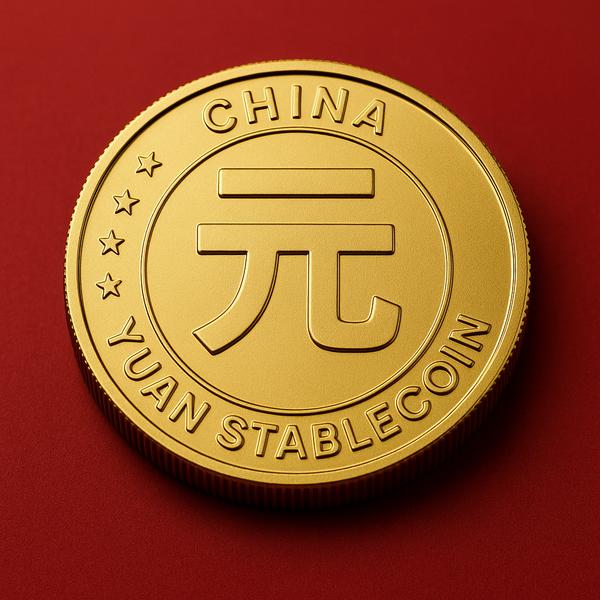As stablecoins pegged to physical assets spread in the cryptocurrency market, an analysis suggests that they could have a positive impact on the stability of the existing monetary system. In particular, NH Investment & Securities assessed that stablecoins could unexpectedly suppress monetary expansion and inflation.
Stablecoins are cryptocurrencies that maintain their value based on specific physical assets. Typically, these include Tether (USDT) linked to the US dollar, and various forms based on the euro or gold, which have attracted attention as payment and remittance methods due to their relatively low price volatility. NH Investment & Securities researcher Kim Yong compared the operating principle of these stablecoins to the free banking era in mid-19th century America. At that time, private banks issued their own currency backed by gold, and despite various issues, inflation was lower compared to after the establishment of the Federal Reserve.
The researcher analyzed that just as competition between issuers at that time induced stability of collateral assets and issuance volume control, stablecoins could similarly play a role in suppressing inflation. However, he added that this premise is contingent upon maintaining trust in asset collateral and restraining excessive issuance.
From an economic perspective, stablecoins can contribute to payment efficiency by increasing the velocity of money circulation. By reducing transaction fees and shortening payment times, they become a factor in promoting economic activity in the traditional quantity theory of money (the equation where nominal GDP is the product of money supply and money velocity). Conversely, if stablecoins replace bank deposits, the money multiplier (an indicator of how many times the central bank's base funds are supplied to the market) may decrease, potentially reducing overall monetary supply. With these conflicting effects intertwined, there are interpretations that this could lead to reduced volatility in nominal GDP.
Meanwhile, the US government has recently passed legislation to strengthen the international competitiveness and future influence of dollar-based stablecoins. In line with this international trend, discussions are spreading in Korea about promoting stablecoins based on the won. Particularly, attention is being drawn to the differentiation and coexistence with Central Bank Digital Currency (CBDC), which aims to strengthen global payment networks and digitally expand domestic currency.
This trend may lead to the evolution of a monetary system connected to the real economy, rather than the speculative aspects of virtual assets. The balance of the international financial order could change depending on how financial authorities of each country incorporate stablecoins into the institutional framework.
Real-time news...Go to Token Post Telegram
<Copyright ⓒ TokenPost, Unauthorized Reproduction and Redistribution Prohibited>







